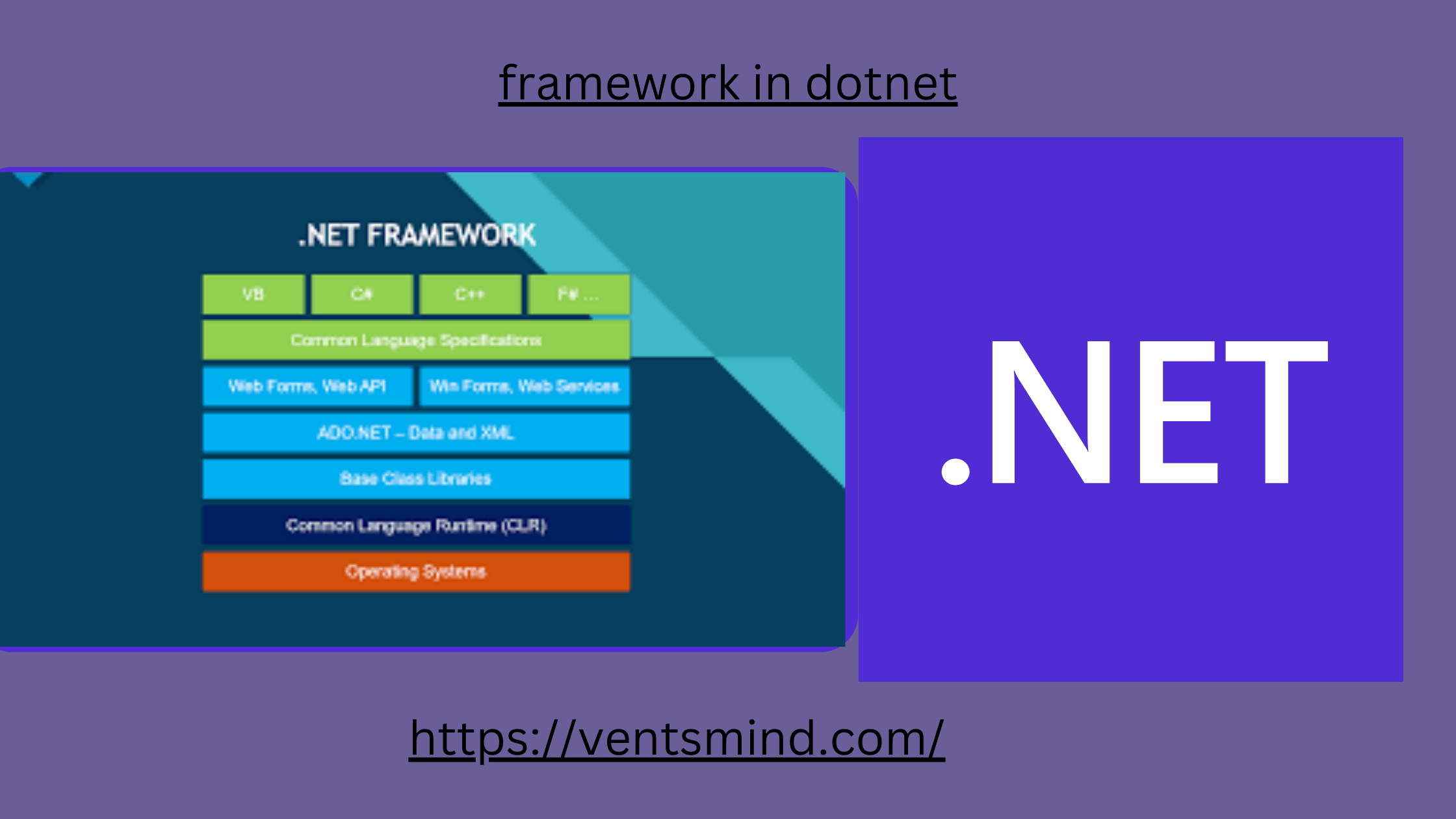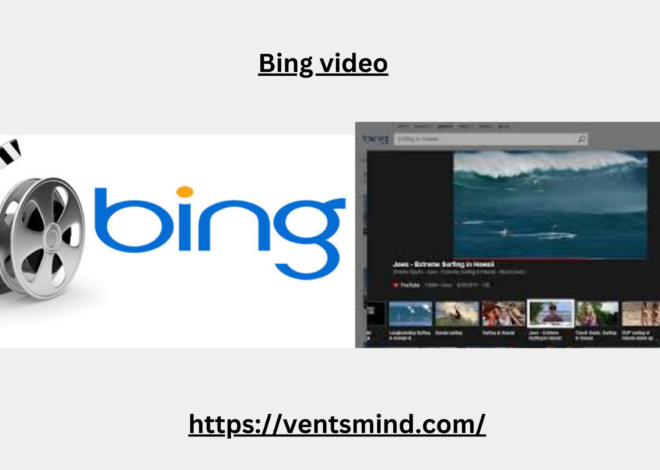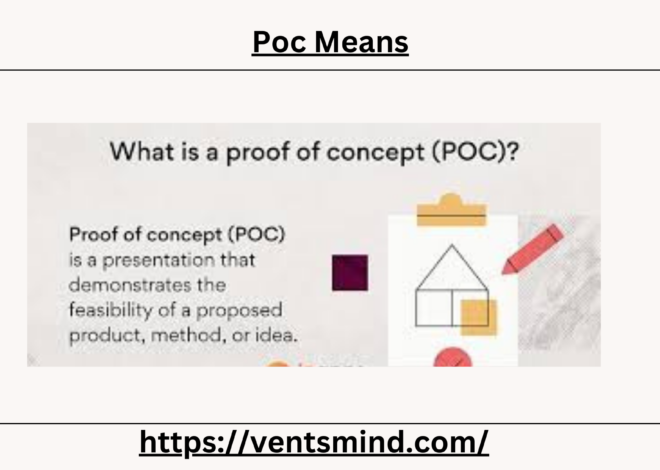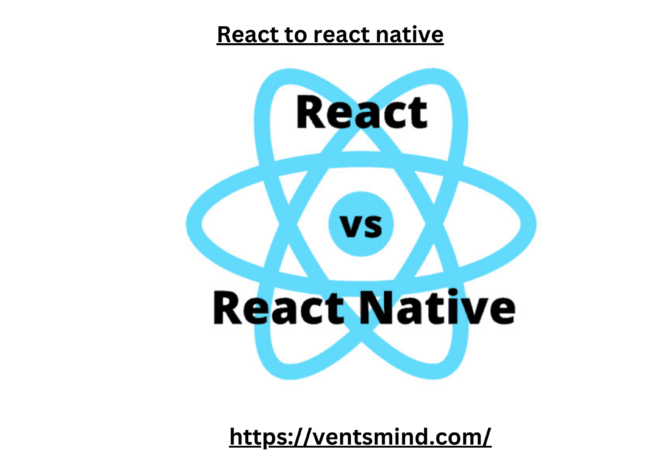
Understanding the Framework in DotNET: A Comprehensive Guide 2024
The .NET framework, often referred to as the framework in dotnet, is one of the most popular and robust programming environments in the world. Created by Microsoft, this powerful framework is widely adopted for building a range of applications, from web applications to mobile and desktop solutions. With continuous updates, the framework in dotnet has evolved significantly, especially with the advent of .NET Core and .NET 5, providing a cross-platform solution for developers around the globe.
In this article, we will take an in-depth look at the framework in net, exploring its history, architecture, key components, and the benefits it offers to developers.
A Brief History of the .NET Framework
The framework in net was initially launched in the early 2000s as a proprietary solution for Windows application development. With each release, Microsoft introduced features that made it a comprehensive development platform. In recent years, .NET has undergone a significant transformation with the launch of .NET Core and, subsequently, .NET 5, which unified the original framework in net and .NET Core under a single platform.
By creating an open-source, cross-platform environment, Microsoft enabled developers to use the framework in net across various operating systems, including Windows, Linux, and macOS.
Core Components of the Framework in .NET
The framework in net consists of several core components that enable developers to build versatile applications. Here’s an overview of the primary components:
1. Common Language Runtime (CLR)
The Common Language Runtime (CLR) is the execution engine that powers the framework in dotnet. It manages the execution of code, providing essential services like memory management, exception handling, and security. The CLR allows developers to write applications in multiple languages, including C#, VB.NET, and F#, making the framework in net highly versatile.
2. .NET Class Library
The framework in net includes an extensive class library that provides reusable code for developers. This library contains classes, interfaces, and value types that expedite development by offering pre-built functionality for various operations like data access, file manipulation, and network communication. The .NET Class Library ensures that developers spend less time writing common functions from scratch.
3. Common Type System (CTS)
The framework in net supports multiple programming languages, which means it requires a standardized way to handle data types. The Common Type System (CTS) ensures that objects created in one language can interact seamlessly with objects created in another language, fostering interoperability within the framework in net.
4. Base Class Library (BCL)
The Base Class Library (BCL) is part of the broader .NET Class Library but focuses on core functionalities such as collections, file operations, data types, and XML processing. These classes form the foundation of the framework in dotnet, enabling developers to perform essential tasks quickly.
Key Features of the Framework in .NET
Several features make the framework in dotnet an excellent choice for developers. Here are a few:
1. Cross-Platform Compatibility
With the introduction of .NET Core, the framework in dotnet became cross-platform, allowing developers to build and deploy applications on Windows, macOS, and Linux. This cross-platform capability has made the framework in dotnet a popular choice for companies looking to create scalable solutions.
2. Language Interoperability
The framework in dotnet allows developers to work in multiple programming languages. This interoperability means that a project can include code written in C#, F#, and VB.NET, and all of it can work together seamlessly. This flexibility allows organizations to leverage the strengths of different languages.
3. High Performance and Scalability
One of the biggest advantages of the framework in dotnet is its high performance and scalability. The introduction of the JIT (Just-In-Time) compiler and optimizations in the CLR help improve the performance of .NET applications. Additionally, the framework in dotnet can handle heavy loads, making it ideal for large-scale applications.
4. Extensive Community Support
As one of Microsoft’s most widely adopted products, the framework in dotnet has a massive developer community. This means that developers can easily find resources, libraries, and solutions to problems, allowing for faster development and troubleshooting.
The Evolution of the Framework in .NET
The framework in dotnet has evolved significantly over the years, with the introduction of .NET Core and the unified .NET platform, which includes .NET 5 and later versions. Here’s a quick overview of this evolution:
- .NET Framework – The original framework in dotnet that provided a robust environment for Windows applications.
- .NET Core – Launched in 2016, .NET Core was a cross-platform, open-source iteration of .NET, aimed at building modern web applications.
- .NET 5 and Beyond – With .NET 5, Microsoft unified .NET Framework and .NET Core, creating a single platform for all application types.
Each iteration of the framework in dotnet brought new features, optimizations, and improvements, making it a reliable choice for modern development needs.
How the Framework in .NET is Used Today
Today, the framework in dotnet is used in various types of applications across different industries. Here are some examples:
1. Web Development
ASP.NET Core, part of the framework in dotnet, is widely used for building dynamic, scalable web applications. It’s a preferred choice for enterprise-grade applications that need high performance and security. The cross-platform nature of ASP.NET Core means that web applications can be hosted on Linux or macOS servers, offering flexibility for businesses.
2. Desktop Applications
The framework in dotnet also supports desktop application development through frameworks like Windows Presentation Foundation (WPF) and Windows Forms. These frameworks are particularly popular for building applications that require a rich user interface, such as enterprise-level desktop applications.
3. Mobile Development
Through Xamarin, a part of the framework in dotnet, developers can build native mobile applications for iOS and Android using a single codebase. This capability allows for faster development and reduces the resources required to build applications for multiple platforms.
4. Game Development
The framework in dotnet is also popular in the gaming industry. Game developers use the Unity engine, which relies on C# and .NET, to build high-performance games. This has led to the framework in dotnet becoming a valuable tool in the creation of cross-platform games.
5. Cloud-Based Applications
The framework in dotnet integrates seamlessly with Microsoft Azure, making it ideal for building cloud-native applications. Azure offers various tools and services that work perfectly with .NET applications, allowing developers to deploy, manage, and scale their cloud solutions.
Advantages of Using the Framework in .NET
Using the framework in dotnet offers numerous advantages, including:
- Simplified Development Process: The extensive library of pre-built components reduces development time, allowing developers to focus on business logic.
- Enhanced Security: The framework in dotnet includes robust security features like code access security and role-based security, providing a safe environment for application development.
- Improved Productivity: With tools like Visual Studio and Visual Studio Code, the development process is smooth and efficient, boosting developer productivity.
- Reduced Costs: The framework in dotnet being open-source and cross-platform helps companies reduce costs, especially when deploying on Linux-based infrastructure.
Future of the Framework in .NET
With Microsoft continuously improving the framework in dotnet, the future looks promising. The release of .NET 6, .NET 7, and future versions are likely to introduce further optimizations, features, and tools that make the framework in dotnet even more developer-friendly and performance-oriented. With ongoing advancements in areas like machine learning, artificial intelligence, and IoT, the framework in dotnet will play a vital role in driving innovation in these fields.
Conclusion
The framework in dotnet is more than just a development platform. It is a versatile, high-performance framework that supports a wide range of applications, from simple web applications to complex cloud-native solutions. Its cross-platform compatibility, extensive library, and robust community support make it an invaluable tool for developers. As .NET continues to evolve, the framework in dotnet will remain at the forefront of software development, helping developers build secure, scalable, and high-performance applications.
Whether you are a seasoned developer or just starting, understanding the framework in dotnet is essential to leveraging its capabilities effectively. With Microsoft’s commitment to innovation, we can expect even more features and improvements that make the framework in dotnet a preferred choice for developers worldwide.


